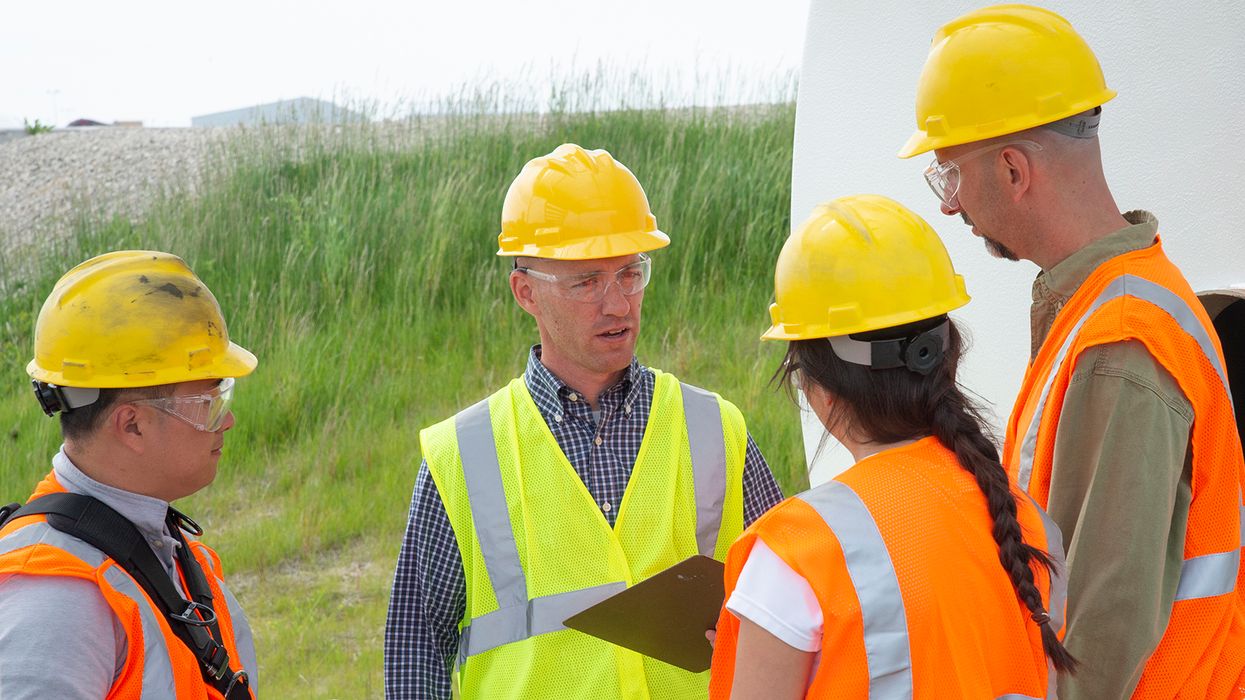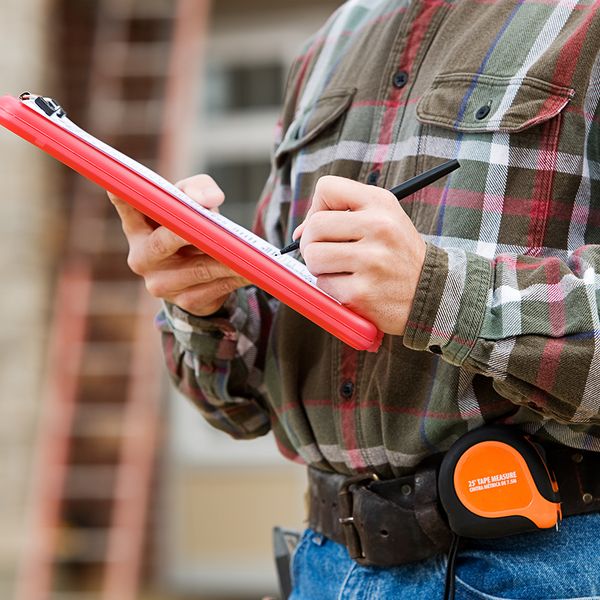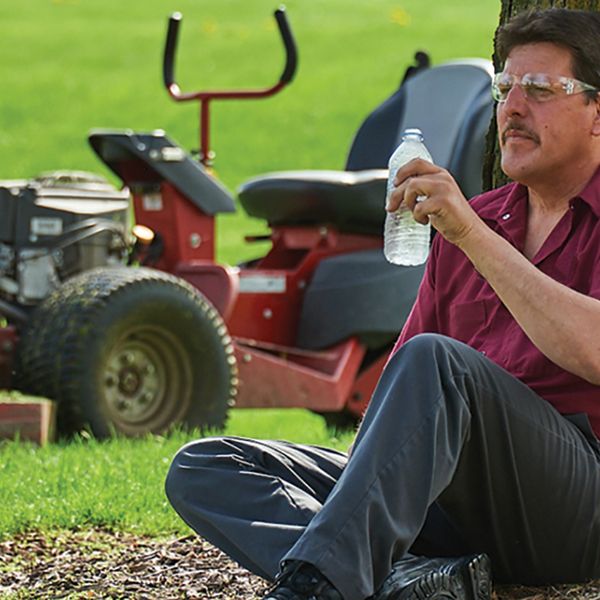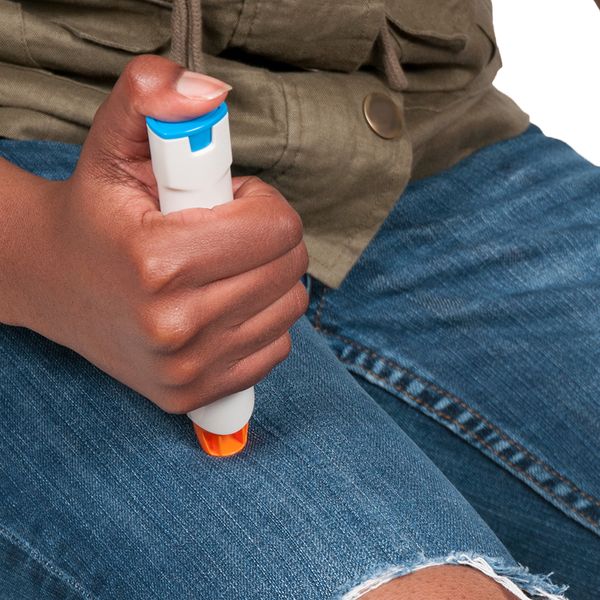From bites to barks: Fighting plants and animals ‘tooth and nail’ at work
Heat isn’t the only hazard outdoor workers face. As temperatures rise, it’s not uncommon to stumble on harmful plants and animals when toiling on a construction site, maintaining lawns or landscapes, or performing other outdoor tasks.
When assigned at sites with woods, bushes, tall grass, rock piles, wood piles, or leaf litter, workers may risk exposure to poisonous plants, insect bites, venomous snakes, and other hazards. Critters can also lurk in outdoor tanks, electrical boxes, and waste dumps.
What regulations apply?
OSHA 29 CFR 1926.21 for construction operations, says: “In job site areas where harmful plants or animals are present, employees who may be exposed shall be instructed regarding the potential hazards, and how to avoid injury, and the first aid procedures to be used in the event of injury.”
Although there’s no similar general industry regulation for outdoor settings, workers should be trained on this recognized, serious hazard, too.
Insects
OSHA has no specific elements that must be covered when training on insect-related hazards. However, you may wish to share best practices when your crew is working in areas where ticks, spiders, bees, hornets, wasps, fire ants, and other insects may be present:
- Wear long pants, socks, and long-sleeved shirts, and tuck pants into boots or socks.
- Avoid wearing bright-colored clothing.
- Avoid swatting a flying insect. Instead, gently brush it aside or wait for it to go away.
- Use insect repellents according to product instructions.
- Avoid wearing sweet-smelling colognes and deodorants.
- Avoid eating in areas where insects are gathering.
- Check skin and clothing for ticks daily and remove ticks using fine-tipped tweezers.
- Remove a stinger by scraping it. Wash the affected area with soap and water or an antiseptic towelette. Do not scratch a sting.
- Treat bites/stings by evaluating the affected area and applying cold water or ice for pain. If not allergic, over-the-counter products may relieve pain and/or prevent infection.
- Seek prompt medical attention if new, severe, or persistent symptoms are experienced after a bite/sting. These may include swelling and pain at the bite/sting site, body/muscle aches, fever, headaches, fatigue, joint pain, rash, stiff neck, and/or paralysis.
Rodents and other animals
Bites and scratches from wild animals can cause injury and spread germs, even if the wound doesn’t seem deep or serious. Have your workers:
- Avoid contact with rodents or rodent-infested areas. If this isn’t possible, wear protective gloves and wash hands regularly.
- Avoid contact with wild or stray animals.
- Wash scratches or bites with warm soapy water immediately. Bandage the wound. Seek medical attention if the wound is serious; the animal looks sick or acts unusual; or if the wound becomes red, painful, warm, or swollen.
Plants
Plants like poison ivy, poison oak, and sumac have poisonous sap in their roots, stems, leaves, and fruit. If the stems or leaves are damaged, the sap may get on the skin through direct contact with the plant or by contaminated objects such as clothing, shoes, tools, and animals. Signs of an allergic reaction include itching, redness, a burning sensation, swelling, blisterings, and/or a rash.
To combat these plants on the job, share images of poisonous plants workers may be exposed to. Also, urge your workers to:
- Wear cloth or leather gloves, long-sleeved shirts, and long pants tucked into boots.
- Apply barrier cream/lotion to uncovered skin.
- Keep rubbing alcohol accessible to remove the oily resin up to 30 minutes after exposure.
- Wash an exposed area with cold running water if a worker has possible contact with a poisonous plant. Do not use soap since it may spread the oil.
- Wash contaminated clothing, handling it as little as possible until it’s soaked.
- If a rash develops, avoid scratching the area.
Snakes
Venomous snakes in the U.S. include rattlesnakes, coral snakes, cottonmouths/water moccasins, and copperheads. Workers should understand their exposure risk, how to prevent and protect themselves from snake bites, and what to do if they’re bitten. Share images of the types of snake(s) in your area, so workers understand how to spot a venomous snake. Safety tips include:
- Watching for snakes sunning themselves on fallen trees, limbs, or pathways.
- Wearing heavy gloves when removing debris and, if possible, not placing fingers under debris when moving it.
- Wearing leather boots at least 10 inches high.
- Stepping back and allowing a snake to move away. Snakes bite only when they feel threatened or trapped.
- If bitten, allowing the bite to bleed for 15 to 30 seconds. Clean and disinfect the area. Seek medical attention.
Key to remember: Outdoor workers exposed to plants and animals should be trained in hazard recognition, how to protect themselves, and what first aid measures to use. Construction workers must have that training when harmful plants or animals are present.



















































